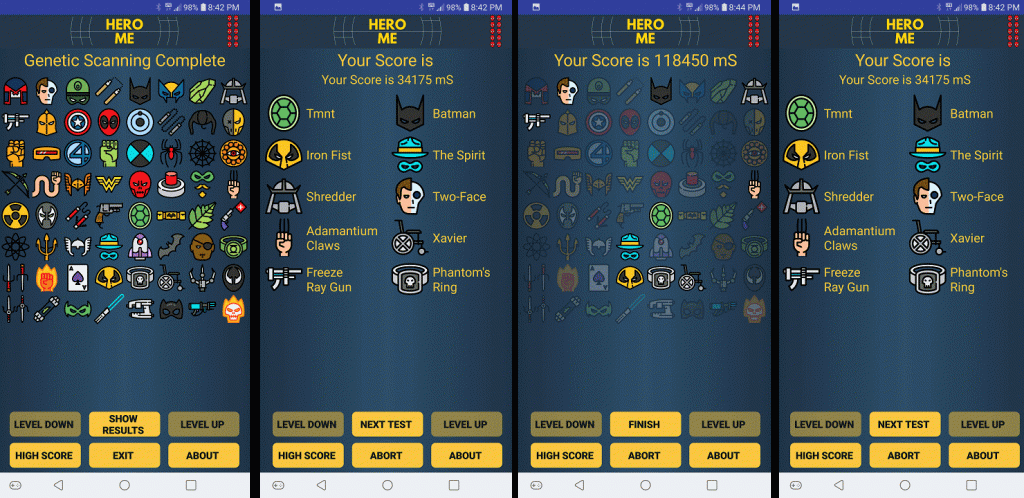AIM Safety System
My first job in the industry was working on a simple MC68HC11 design using a Figaro gas sensor. Everything from system design to factory calibration plans.
At the time the device was so new that using external EEPROM with it has some unexpected issues with the reset circuit of the day. The solution, we will leave as a trade secret 🙂
As the years would pass I would do many designs with these two devices, in fact an engineer I know developed a method of determining propane from methane and other noise gases. I built the proto and it worked extremely well.
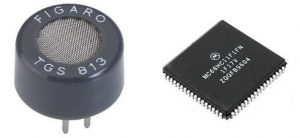
Sentinel Vision Inc.
A team of engineers from UBC worked on a system to visually scan the seam of cans of salmon with the involvement of BC Packers.
I designed a 128 pixel CCD camera, using a hot off the press IC from TI. A four camera were used to image the seam of a can. This was further duplicated 4 more times and the analog video signal would be multiplexed into a precision video A/D.
The digital data would then be sent over a rotating digital fiber optic link that was very leading edge technology at the time, using these slick AMD TAXIchip (Transparent Asynchronous Xmitter-Receiver Interface) that ran at about 1 Mps.
On the other side of the fiber a 8 MB frame grabber would save the data before it hit the TMS320 DSP chips.
I would work on other vision systems in the future, One for Range Vision Inc that used a light source and camera with a little trigonometry to create a 3D image.

National Research Council of Canada,
Dominion Radio Astrophysical Observatory
A really cool place to work out in a deserted region of the Okanagan, near White Lake, British Columbia.
I took over a project that control a radio telescope using a Motorola 68000, a bigger brother to my little MC68HC11.
With that I expanded the system to control a seven dish array communicating to each dish via a RS-422 bus to a special board that I designed that hosted a MC68HC11 that would sleep and only wake up on an RS-485 command, not to save power but to limit the amount of RF noise the electronics would generate.
I created a simple remote protocol that allowed the controlling of 1 antenna or all at once.
The brains of the operation was done in the 68000 as it was important to avoid collision situations.
The controlling of the system was done on a VT-100 terminal using ANSI escape sequences for a nice visual displaying of the 7 antenna’s positions and movement status.
Nexus Engineering Corporation
I worked in their Research and Development Team for about 3 years developing all sorts of nifty add-ons for the cable Industry.
My initial project was to create an Agile Upconverter from a GE one that we were buying. Being a big customer of GE at the time allowed us to buy their product at a good price point, but not enough to interface with their R&D team.
The core of their product was a sealed upconverter module that we wanted but did not have the specs on how to control it properly, so out comes the black box and reverse engineering skills.
While working on this project I over saw the development of the Intelligent Headend System, that would monitor the health of the cable headend system and switch any lost channel to the new agile unit that I was developing. (Can’t really say designing unless you consider the support circuitry)
I developed a remote-control system that allowed a user to dial up to a cable head end system and monitor all its vital functions and operations. This was done over a 1200 baud modem at the time and through tricks and simple data compression, the user was almost oblivious to the fact that they were on a remote channel.
I learn so much at this company as in how a little MC68HC11 could put spikes everywhere in the RF spectrum when installed in some of our equipment., Enter the age of RF emission and suppression by using power and ground planes.
This picture of a SI-2000 was the status monitoring module for the Nexus Intelligent Headend System, This particular board was the last version that incorporated a new 6 layer design that incorporated a power and ground plane. Note how the internal layers to connect to a flush mounted connector. I never started this design, but I am glad I was able to finish it, another great Nexus accomplishment for all.
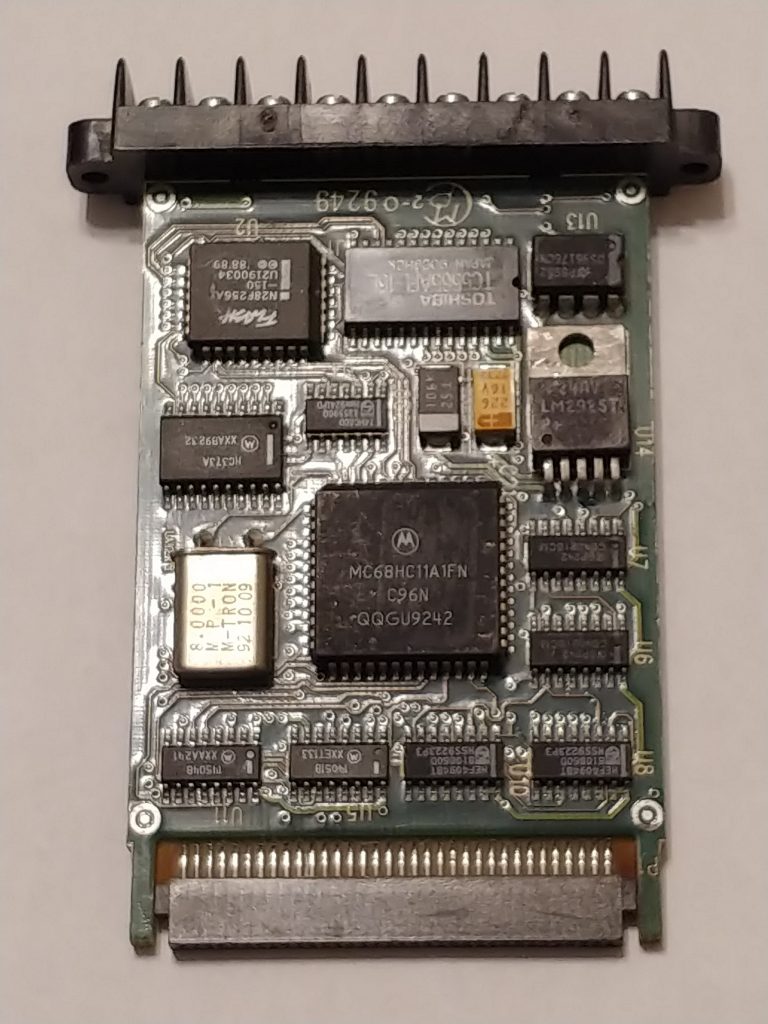
Questek Research and Development Corporation
The core team from Sentinel Vision started their own company working from home.
This is the age of MicroChip PIC development, creating state machines for tiny powerful MCUs that were dirt cheap, So programmability became the focal point and the hard part to do so much in such a tiny allocated space. It was fun and came flowcharting to success, when you are running 100K of them you must be confident.
At the time I was multitasking two PIC projects, one for AIM Safety and the other for MPR Teltech, along with a navigational auto-pilot for a small vessel.
Aside from doing the embedded stuff, I focused on document control and the data center hosting a dial up bbs for the company.
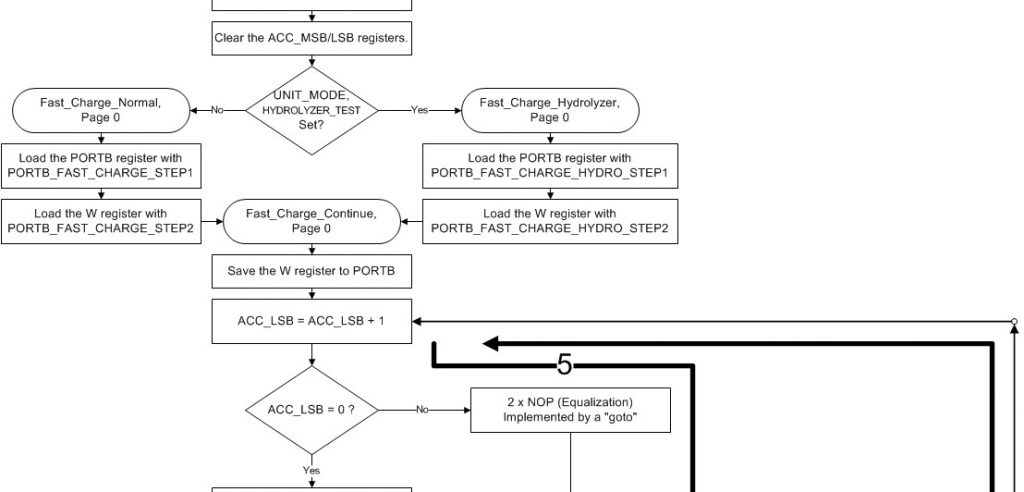
OMNEX Control System ULC
I worked in the Telemetry Division of OMNEX where I was a mainly a Hardware Designer looking after the DS-900/2400 Series Radio and its I/O module line.
I started right as the first alpha units were being produced and worked on stream lining the design for manufacturing and certification.
For 900 Mhz models I successfully had the series certified for
- FCC Part 15.247 / ISC RSS 210
- FCC Directive, Part 15.247
- ISC Directive RSS 210
- UL, USA/Canada Class I, Div. 2, Groups A, B, C, D
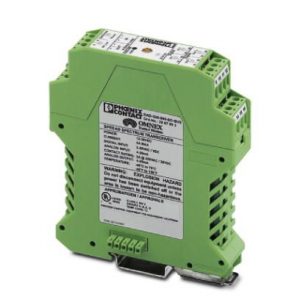
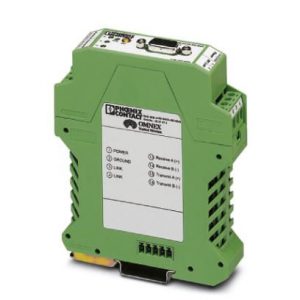
For 2400 Mhz models I successfully had the series certified for
- CE compliance (R&TTE directive 1999/5/EC)
- ATEX ? II 3 G Ex nL IIC
- IECEx Ex nL IIC T4
- ISA-S71.04-1985 G3 Harsh Group A
Even the most carefully plan design always seems to yield a rev to something overlooked.
The quest for a Rev 1 🙂
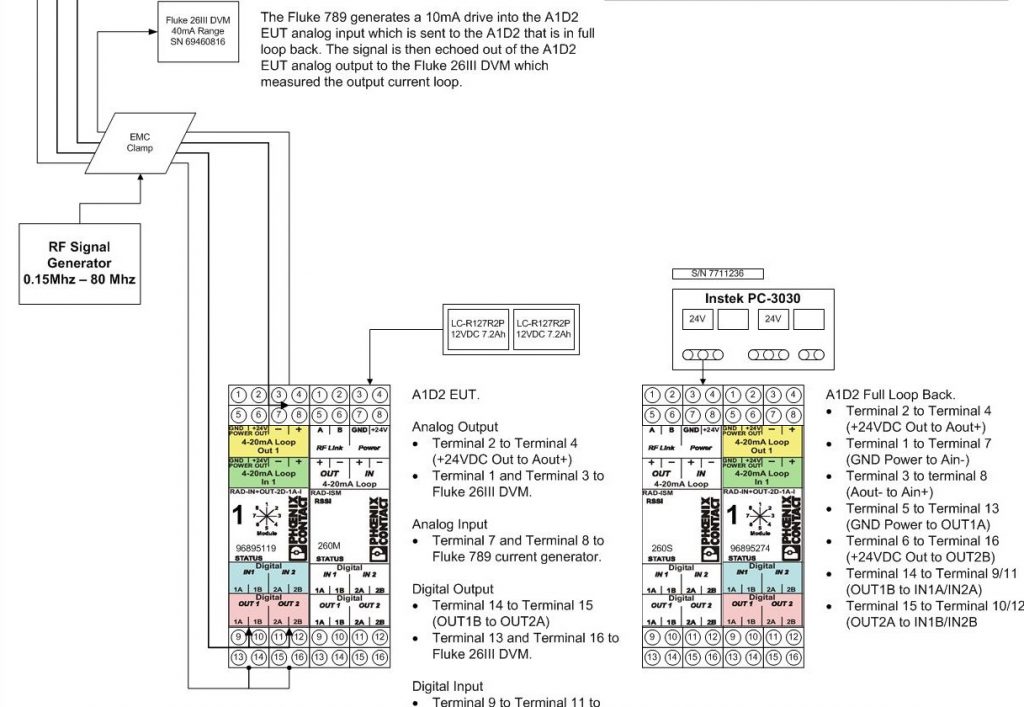
A well as designing hardware for the Telemetry Division I would create special test software for the RF Team for testing data through put vs various test schemes.
Borland C++ Builder 6.0, IAR Embedded Workbench, Atmel Studio IDE were some of the software tools that were used.
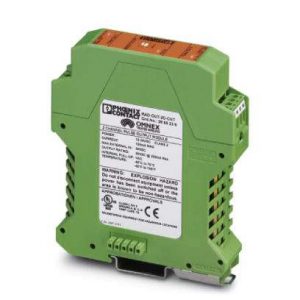
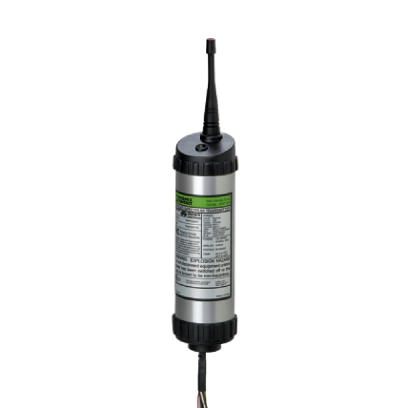
Race Headquarters
Race Headquarters did amateur racing timing from the age of staff using DOS base laptops to record times as participants would pass the finishing line to the new age of RFIDs. These were embedded chips that would clip on a persons runner, to a later disposable printable bib.
I revised their website and brought social media and google advertising to it.
The staff portion of the site was create by another person who created a SQL database for scheduling staff and events, and I expanded on it to further automate tasks and streamline things for the staff.
Larger events like the SunRun required special software in the beginning to score special team events that I had originally written in Borland C++ and then eventually ported over to Microsoft Visual Studios.
Live Event Timing was another big feature for the company, being able to acquire in real time at multiple points on a course and push it to the website SQL database while friends of runners could tag runners in the event and watch their progress.
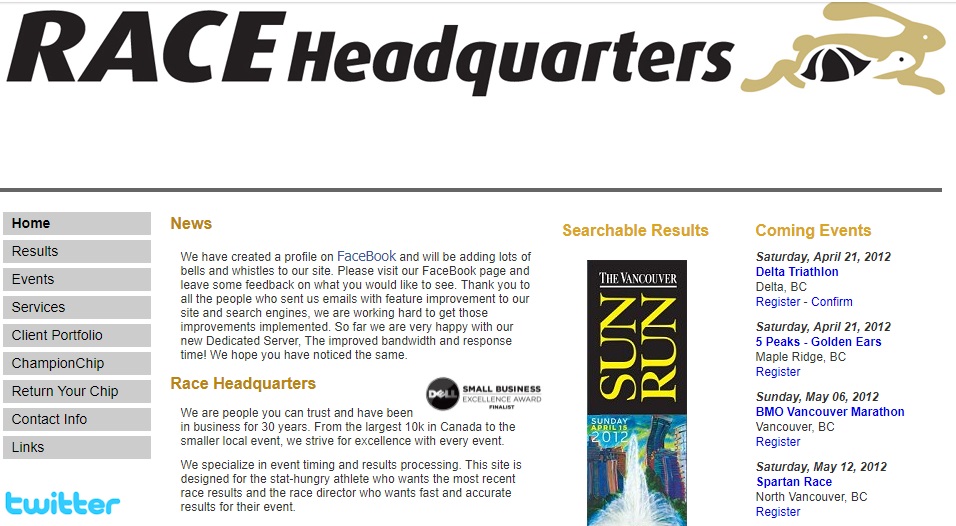
Labtest Certification Inc.
Labtest is a great place to get your prescreening done for any test, I worked with them while I was at OMNEX to get our products through the hoops.
I created a special jig that was essentially a lathe that had a moving arm to apply friction to the sheathing of a fuel hose. It was one the most resourceful solutions that I have ever come up with, wish I had my camera or remember where the pictures are.
Among creating innovated solutions to impossible test, I mainly focused on the test or standards relating to IEC 60950 and IEC 60079-11.
The thing that people don’t realize is that these standards are all subset of other standards, that they are the prerequisite to others.
If you want your product to fail, have me test it, I just see too much and know too much about safefy, but if you want it to pass, then I advise you to get me on your team, and act on the issues that I find.

Creation Technologies
Creation Technologies was an interesting place to work, it is where Canada competes in the world market place for contracted manufacturing. Inside you would find lines of SMT machines and customer focused manufacturing groups.
This is the first place I worked as a full time Test Engineer, a position that required out of the box thinking 7/24 as a production line could go down and you would have to get it up asap.
I was able to produce a vision of mine of a test system that was so simple to build as it was to use, a wireless test fixture where a PCB is manufactured to work in conjunction with double sided test pins all controlled by a tiny MCU.
The system was slick, it could test a one-wire memory device and fourteen connections to a high pitch connector to various points on the UUT on a panel of 10 UUTs all in 6 seconds. The system could be ran in a stand alone with a simple red/green led next to each UUT, or connected to a network via a GUI test station.
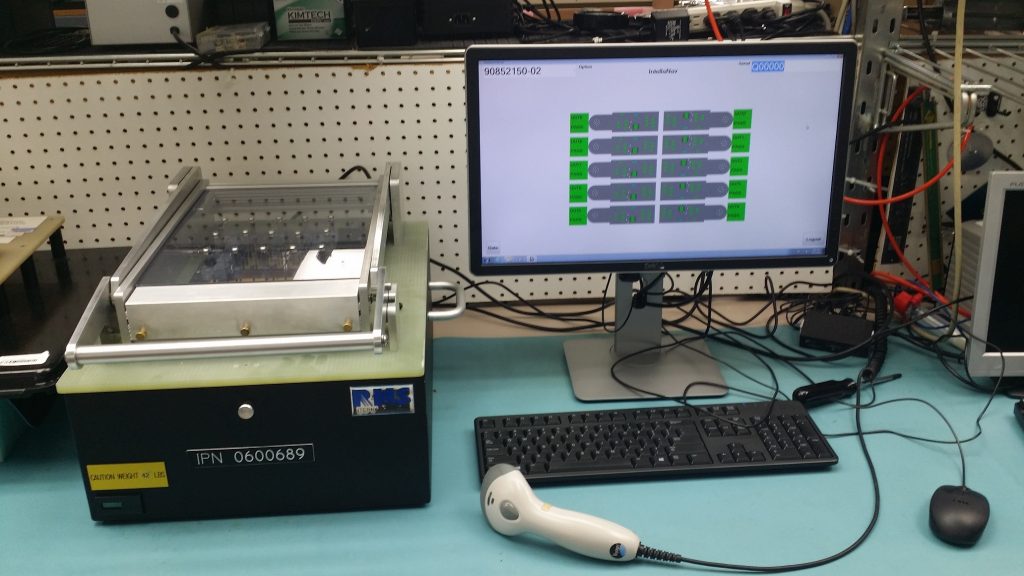
EasyG / Wireless 2000
A small company on a quest for some new technology. A young investor from the US contracted this company to develop a capacitively coupled ecg machine that could be used in a vehicle to detect the vitals of a driver and stop the vehicle if required. The problem is that they spec it to be the same as a direct couple machine with respect to “60601-2-25 2011 Particular req – Basic safety and performance electrocardiographs”, a challenging standard in itself.
I had to be honest and break the news that you can not introduce an element of loss in the system and the two would be the same, but they could be come close enough to become acceptable. It was that level of accuracy that the whole project was really about, not if it could be done, we already know that it can.
Another issue I explained to the investor was that for this technology to be used in vehicles would be mute, since vehicles were on the path of not being able to hit anything, due to autonomous features being built into them.
The real target for this technology would be the wearable technology and maybe waiting room ecg chairs for hospitals.
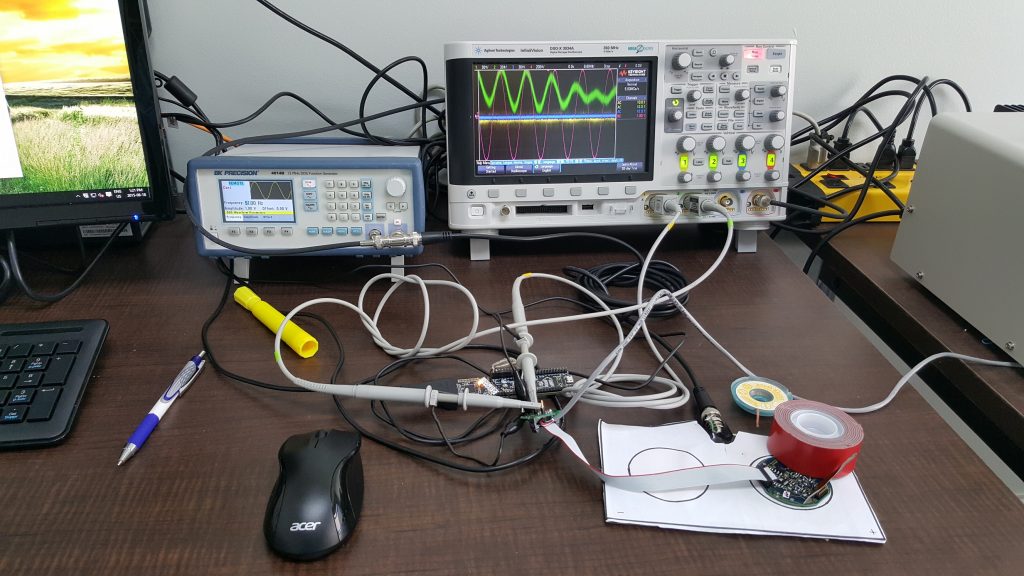
Exergin Technologies
Exergin Technologies develops a ZigBee stack that is available for license.
I was as a Test Engineer to test their product, although the team I ended up with though I was a co-op there to do tests. The difference being a Test Engineer will examine the tests at hand create a test plan and execute it, the results is a snap shot of where the product stands in development.
I did some random testing at first directed by actual coop student and realized that I could create a Python script to do the work for me. It was cool.
Basically, everyday you would power up a computer, launch Wireshark to monitor network activity. Then the initialization of up to five or more terminal windows that would be used to invoke their stack connected to usb devices that had the mac/phy layer on it.
For a test engineer to repeat this everyday and again for different setups, it can easy take an hours every time, but not with a Python script, one that a simple one line command can do it in under a minute, That is a two hour savings of work everyday!
I had the privilege of showing the ropes of my new system to a new hire, and he loved it! Together we would be tasked with trying to pre-screen a R22 Certification event.
A little background, R19 was to be replaced with R21, an upgrade with security, the problem is, the groups that did the initial certification did not have the security turned on, so everyone passed! Just put that in the realm of Spectre-Like stuff that makes you WannaCry! People of the industry we must do our job better, I know I try.
So, for a certification test like R22 there are about 400 discrete test that must be executed, if you are a stack vendor. There are three type of devices, Coordinators, Routers, and End Devices, some that are sleepy.
It would work out that we required 2 sets of 6 ZigBee dual band radios one set that would act like the golden units and the other set as device under test.
The ZigBee standard had great information on the configuration and the initialize state of the devices in use, and it could be argued that only the “one line” of the test matters, but the only pass is a complete pass, when you have that, there is no room for discussion
I created a set of simple instructions that were text based saved in a .txt format that would go like
On gZC
init
band 12
allow all
On dZR
init
band 12
join
The lines that started with capitals would be commands directed to my Python test script and the lower-case ones would be sent to the device dictated by the “On” directive.
Now adding a few bells and whistles, the user can create test scripts for each of the R22 test and run them over a period of a few hours and see in an instant if anything had changed from one test run of a version of the stack to the next. The whole package was runnable under Jenkins for further testing.
As each test was conducted the Wireshark via TShark would save the over the air data as well, so a new version could come int, a quick edit of your test list and the script does the rest. As radios are talking and trying to execute the steps of the R22 test, you could be following along in real time as well.
Next to my test fixture that I did at Creation Technologies, I think this was the best I have ever done at getting a full 360 coverage of a software package for a test house.
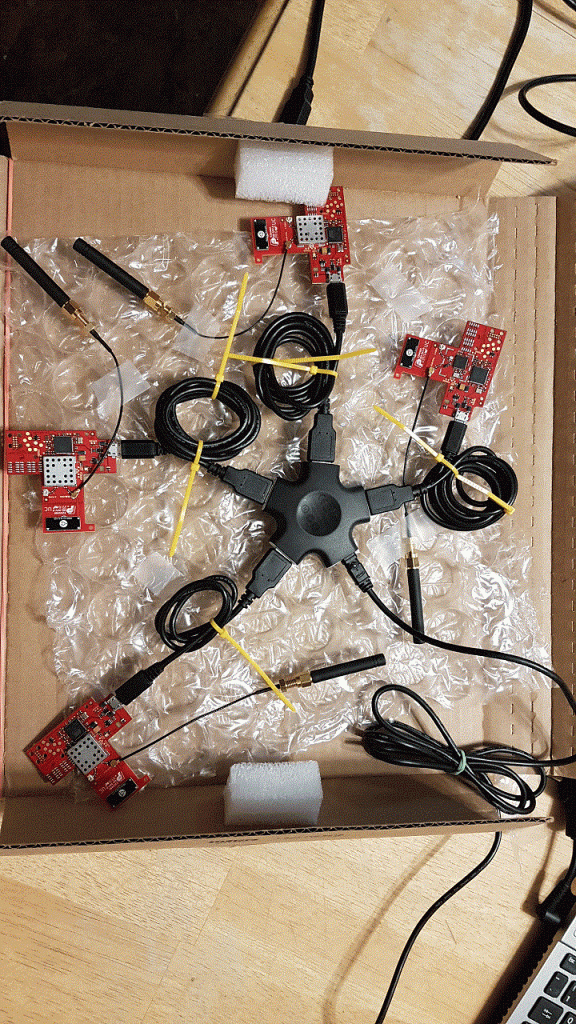
TEK4IA Reseach and Development
The final organization place for all my life’s projects and current activities.
I believe that there is a need for an on-demand service that you can call and just get the job done, no matter what it is. I have resolve issues on projects that I have only had minutes to review, with the help of the staff at hand. Many times the problem is resolved just by review the problem with me. I am a great design review person.

HeroMe is cool little game for all skill levels, My kids played it for three days competing for a better score.
It is an android base app available on Google Play for free!, It main goal besides having fun, was to develop a simple RestApi interacting with an android app with the hooks in for another bluetooth project of mine, that is a little zigBee in nature with it’s meshing technology.
Anyways, I checked in all into GitHub for all to develop and build on for their own fun.
Level 1, is to find one symbol within a group of nine. You are timed for how long you get to memorize the symbol and added to how long it takes you to find it. It turned out the last frontier of my kids playing was to get to the lowest value of a level 1 game. The end result was the minimum score due to system timing, Good work team!
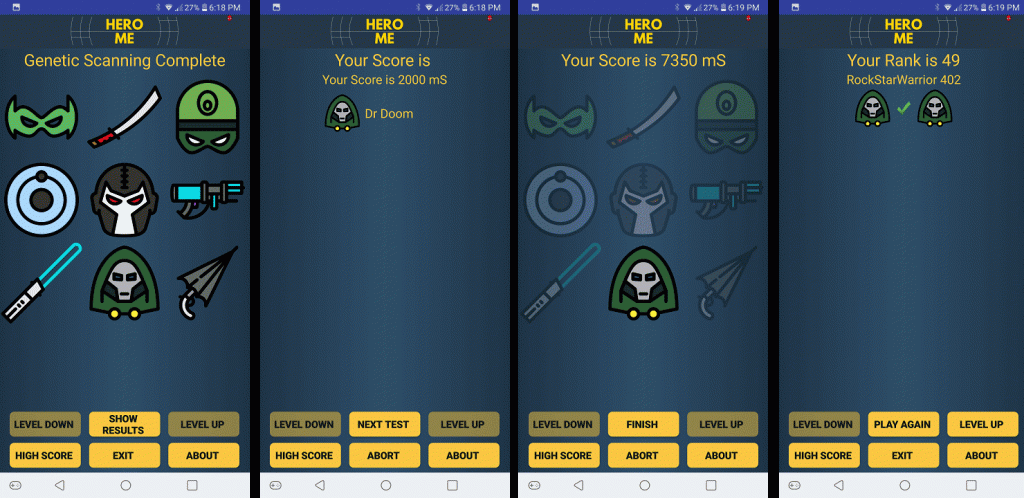
Level 10 to get 10 symbols in 64 slots can be challenge, I have done it in like too long and I met someone who did it in front of me in under a minute.
